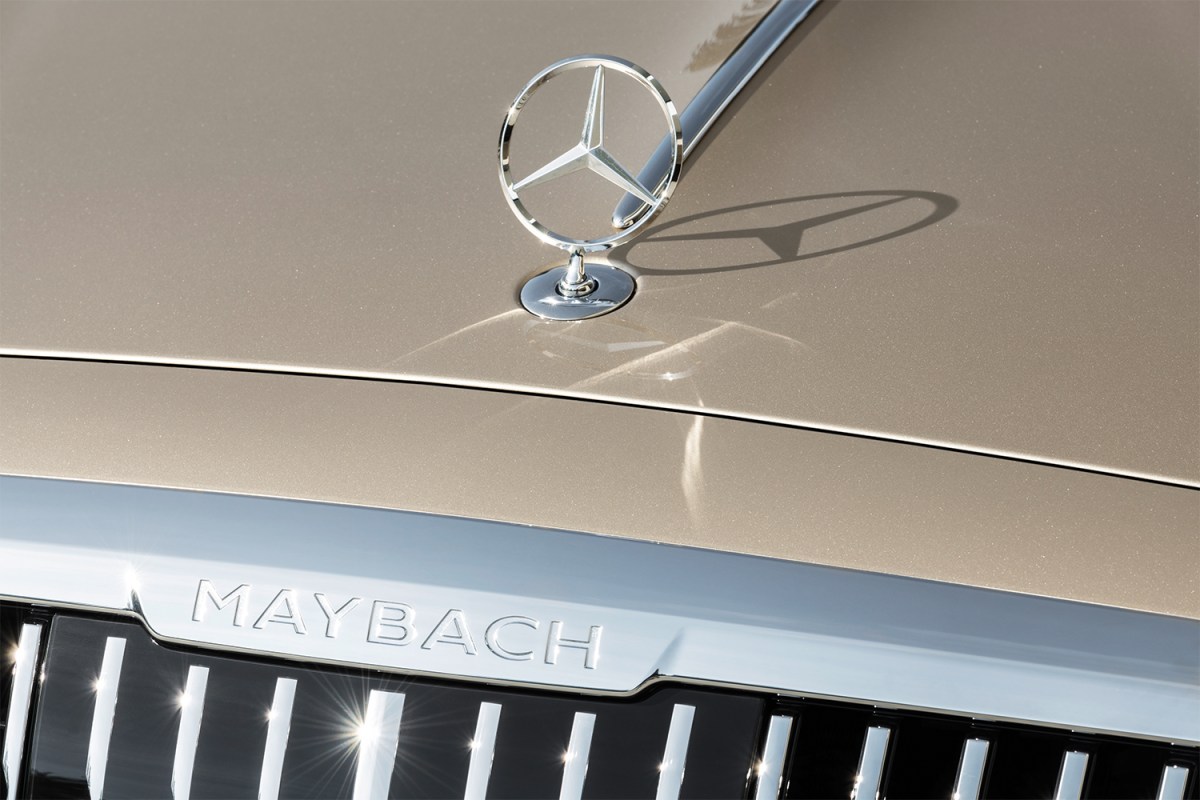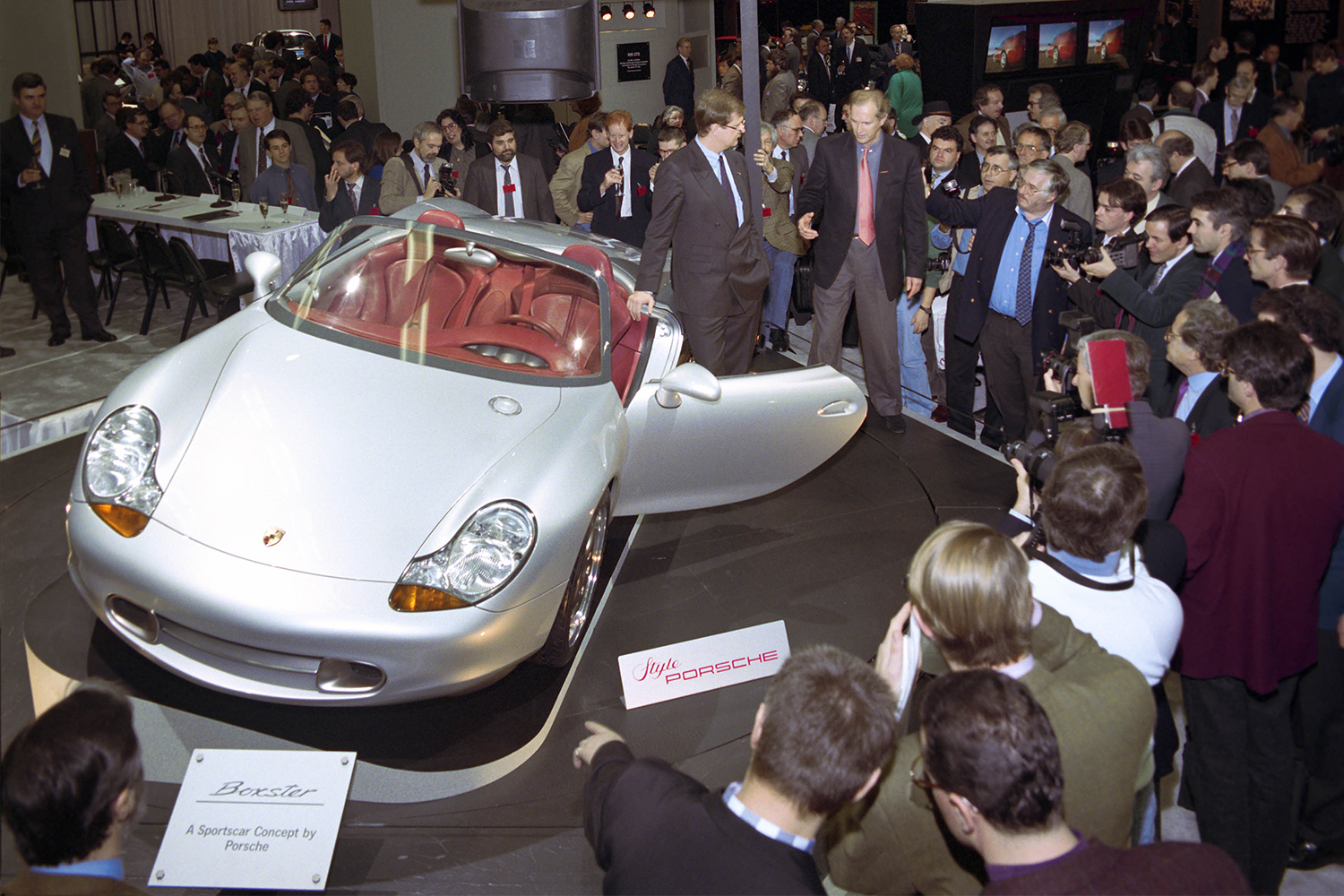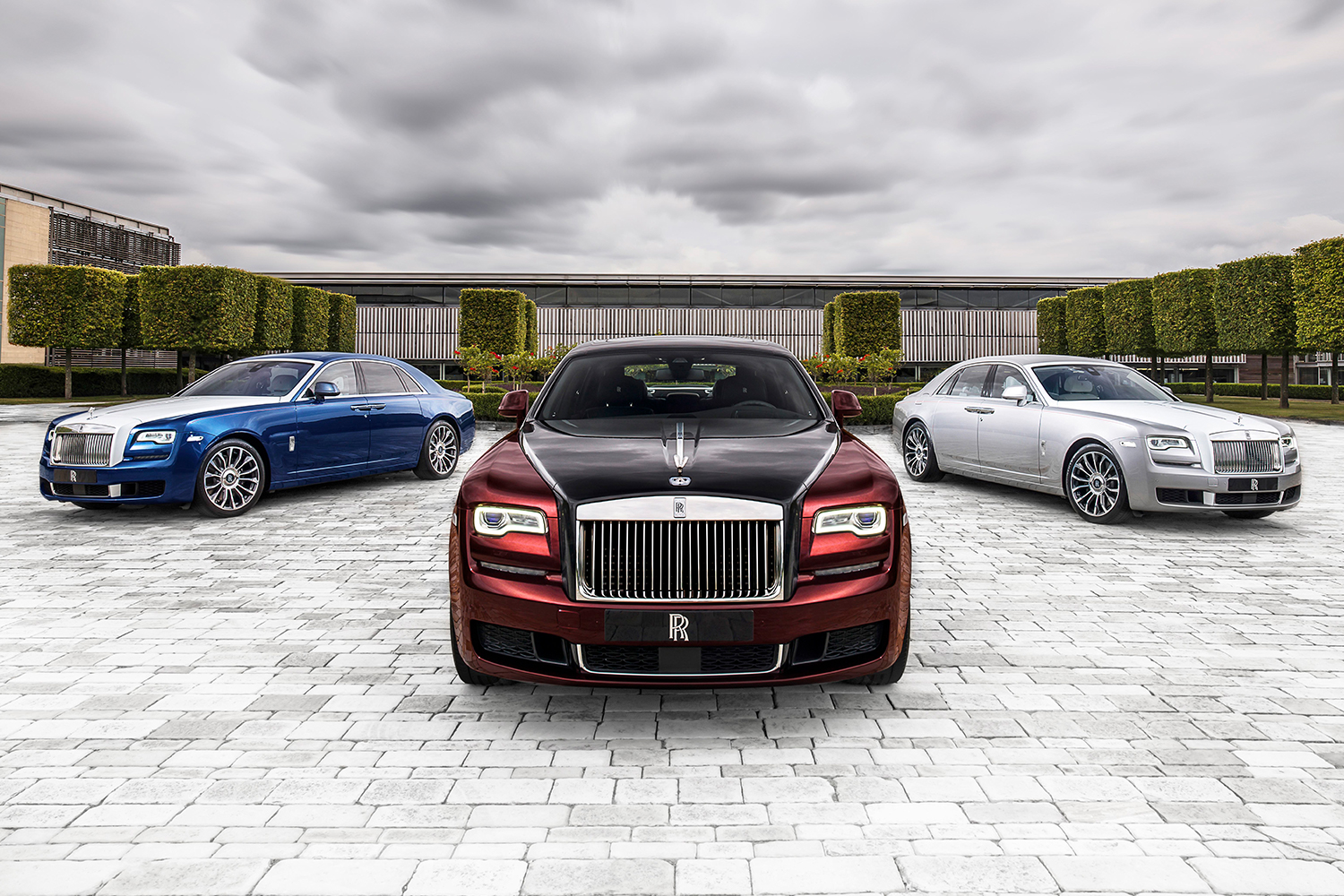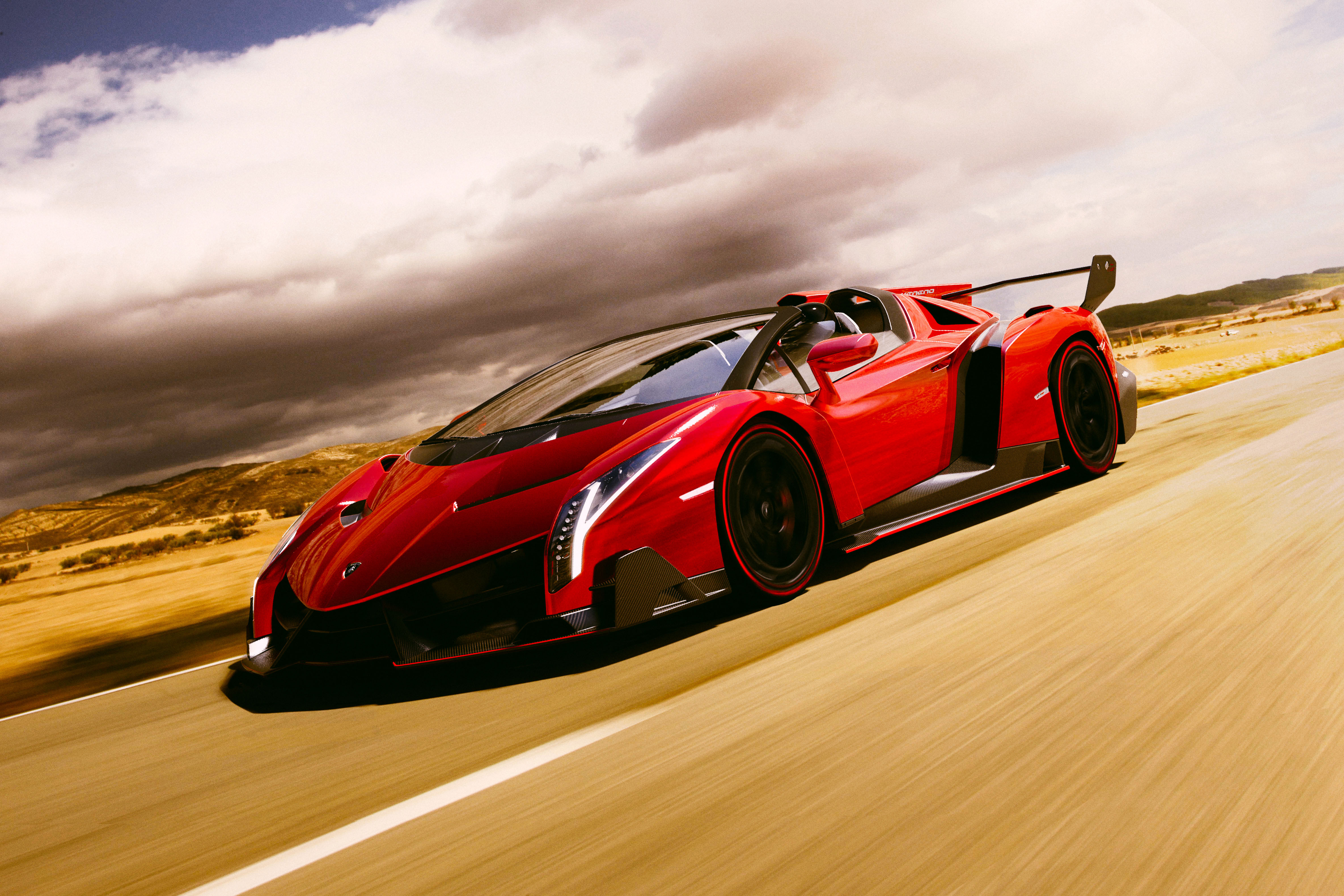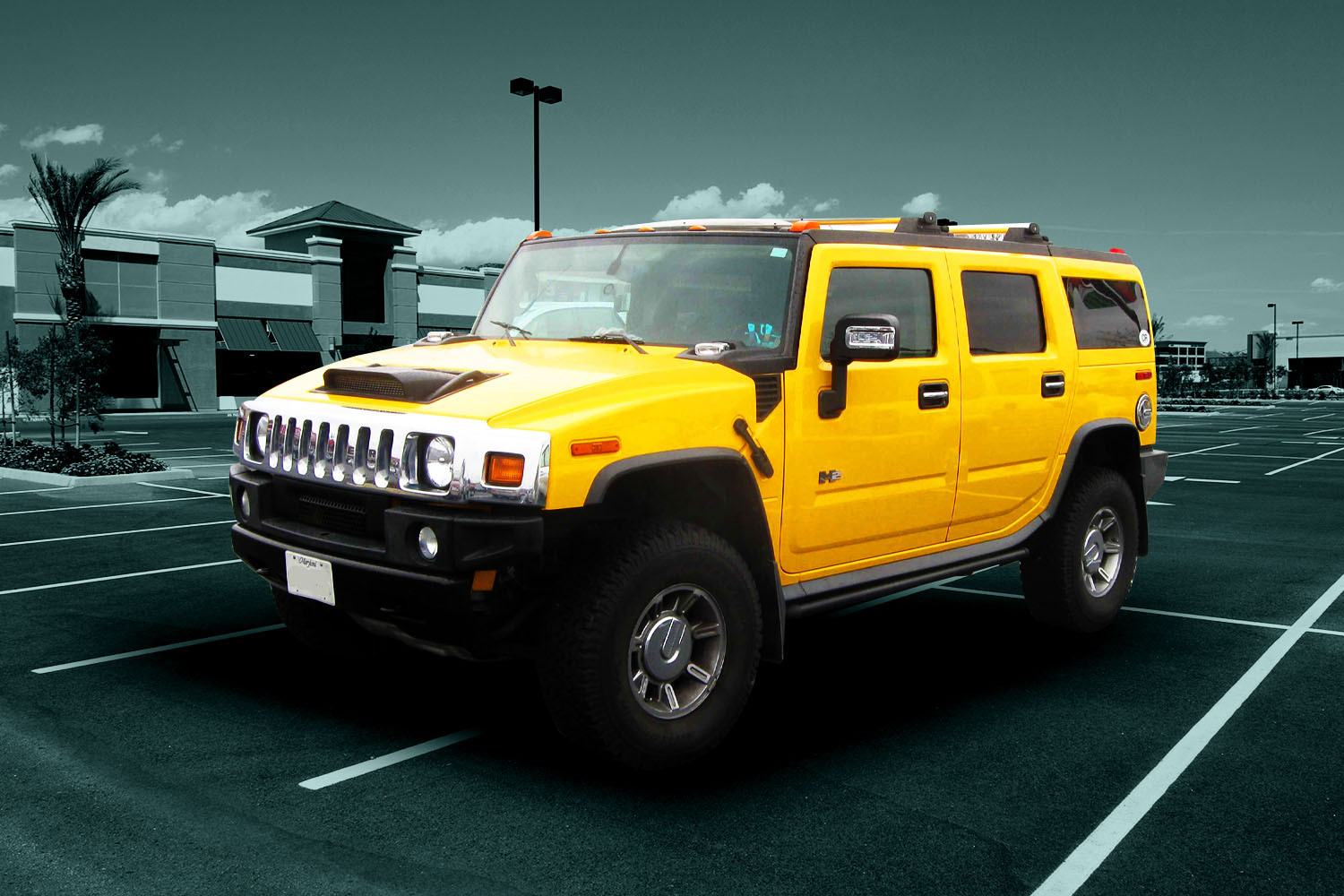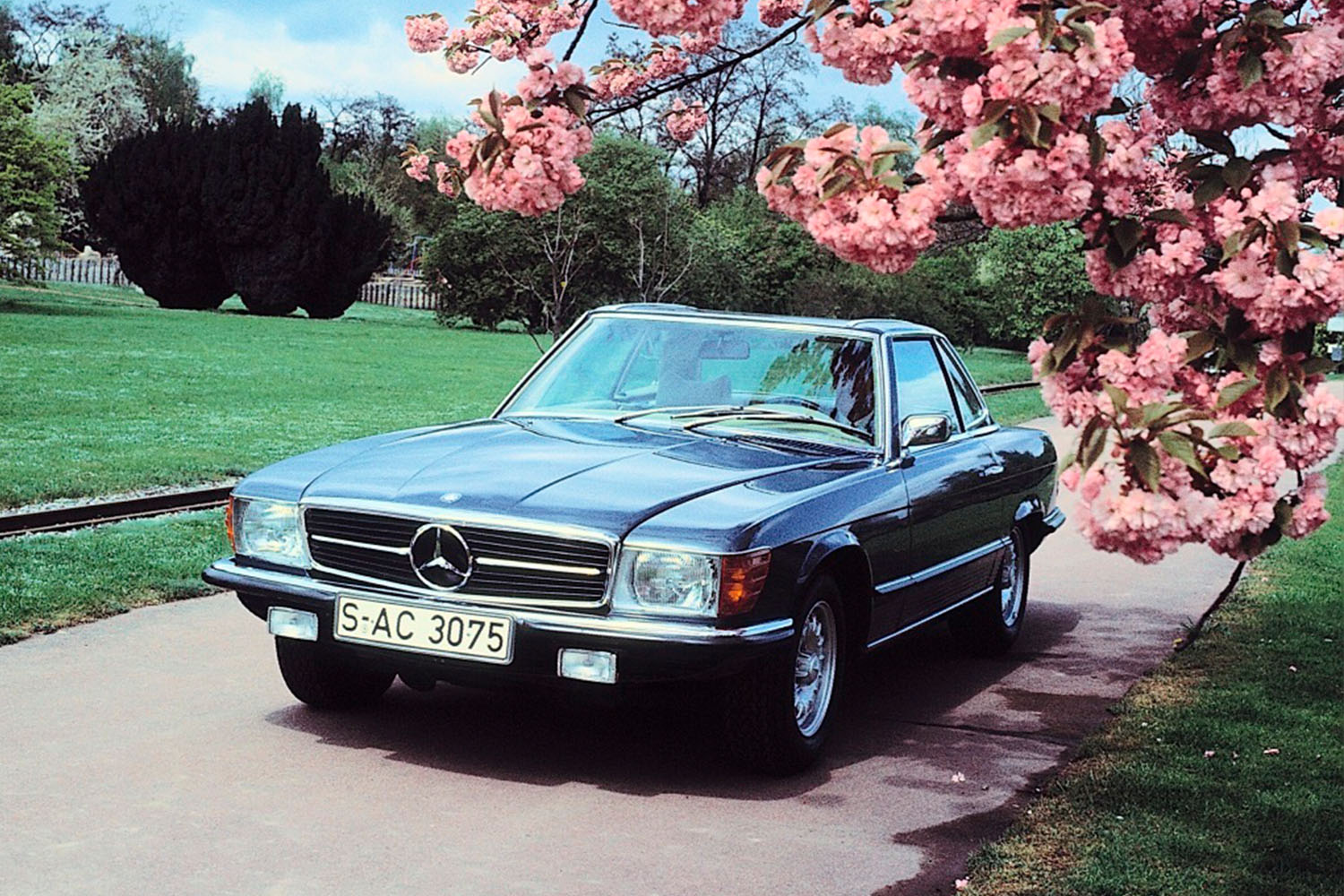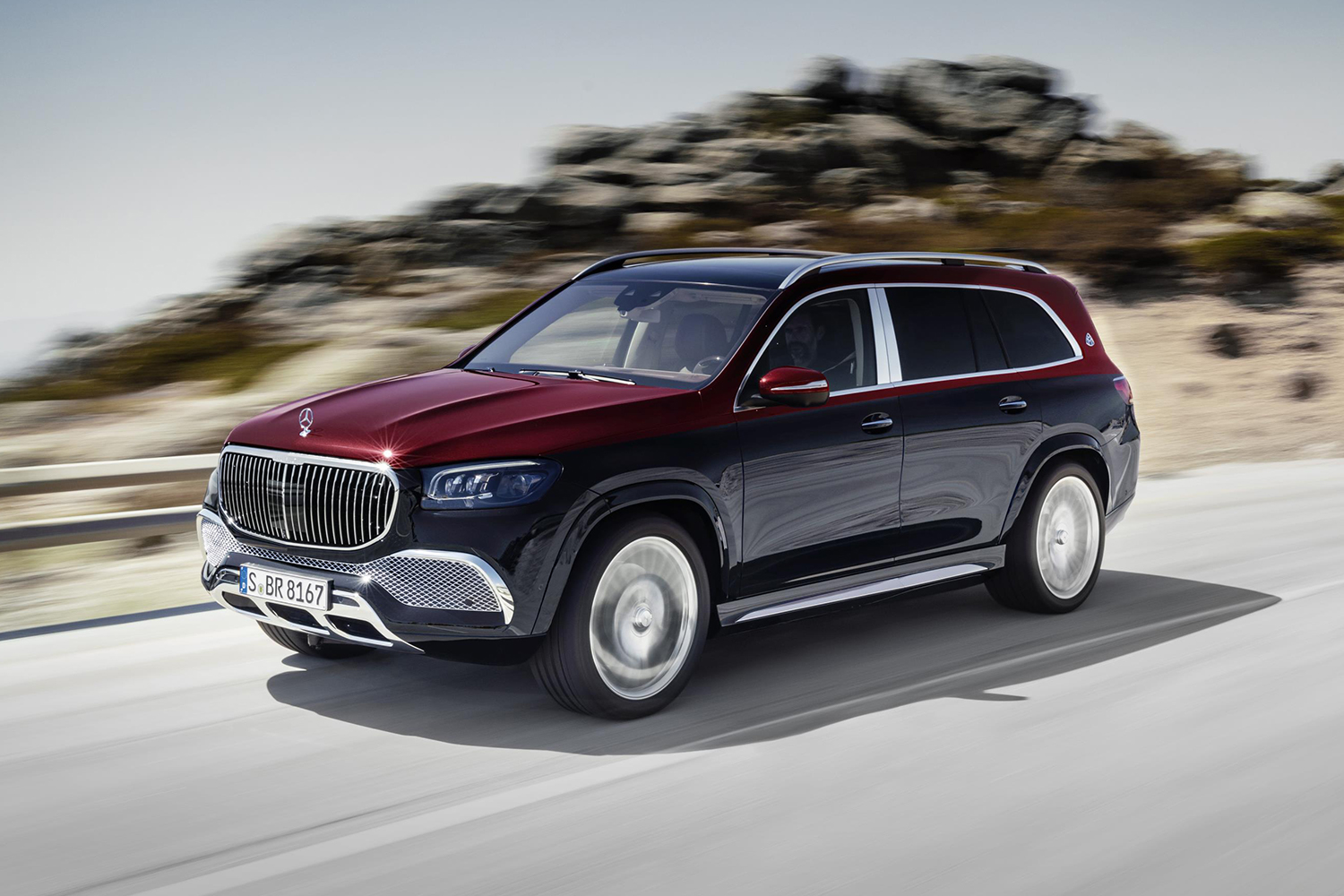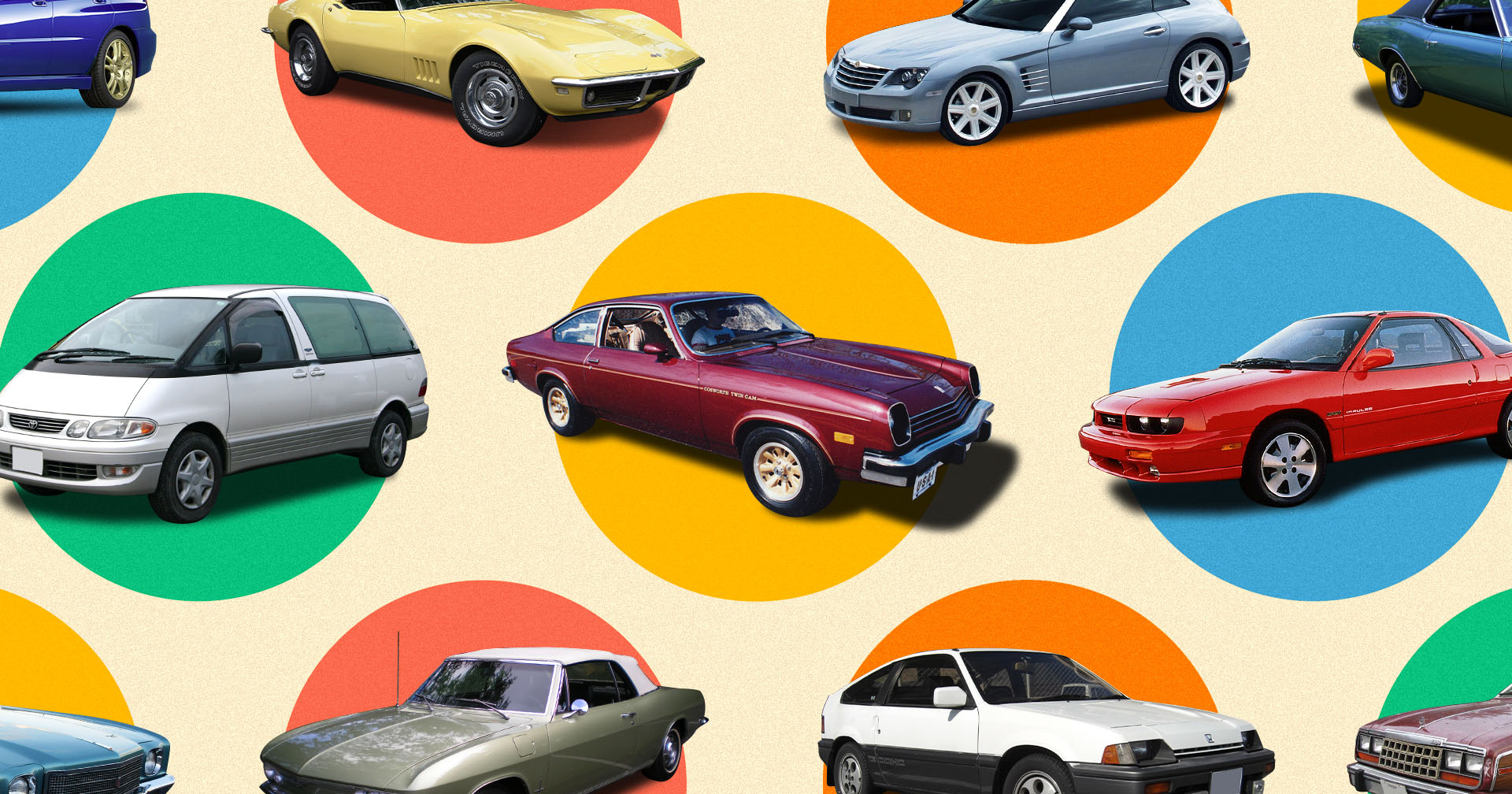The fabrication of heritage out of whole cloth might not seem like the strongest foundation upon which to build an ultra-luxury auto brand. And yet, this is exactly what Mercedes-Benz did in the early 2000s with Maybach, a badge exhumed from the murkiest depths of the industry’s forgotten past and imbued with new meaning by way of an eye-watering window sticker.
Intended to serve the billionaire hedge-fund set, and tantalize the aspirational crowd more attuned to hip-hop than the S&P 500, Maybach’s range of super-sedans rolled onto the scene with the kind of brazen confidence only a world-conquering corporate parent like Daimler could bring to bear. But by the end of the decade, the Maybach name was discarded, tattered by weighty expectations and unbuoyed by the same soaring success granted to its long-entrenched rivals.
The Maybach story represents one of the most spectacular, and costly, automotive failures of the 21st century. Despite that notorious reputation, it’s also served as a surprisingly enduring platform for rebirth, with Mercedes-Benz successfully resurrecting the nameplate for a third try at ultra-high-end glory that culminated in an all-time sales record last year.
What sets these two efforts apart — the crash and the comeback — other than the 10 year gap between them? And why did the preternaturally cautious and calculated tacticians at Daimler once again roll the dice on a brand that had seemingly run its course not once, but twice before? The answer lies in the intense market pressures that exist for independent automakers like Mercedes-Benz to fill every possible product niche, or perish in the process.
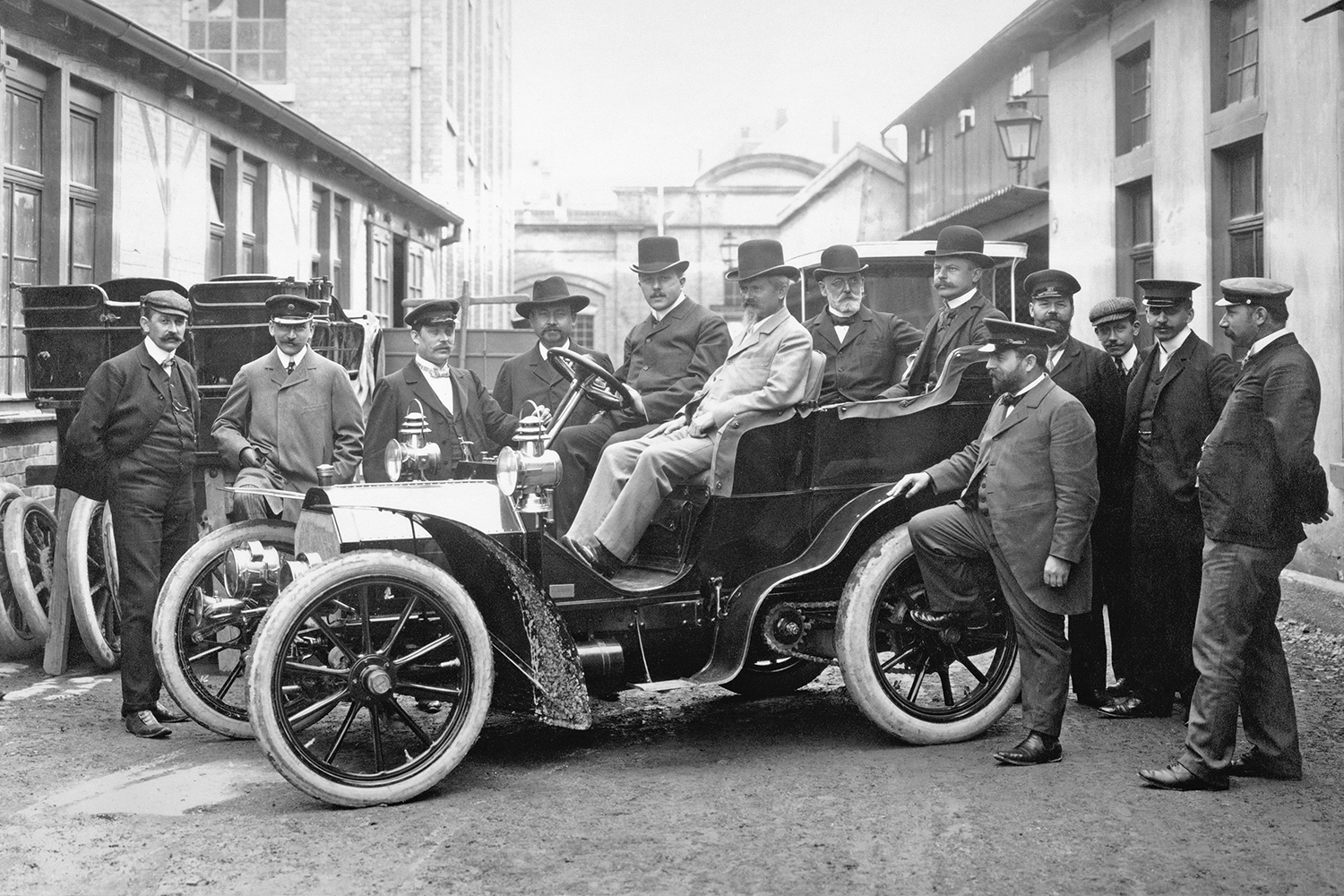
Bentley-Envy Blues
The modern Maybach tale begins with two of Daimler’s primary rivals. The British auto industry was in shambles at the end of the 1990s, so two of its greatest prizes — Bentley and Rolls-Royce, known for their six-digit sedans — were sold off to the highest bidders, who just so happened to be Volkswagen and BMW, respectively.
Suddenly, Mercedes-Benz found itself on the outside looking in at the recession-proof profits generated by catering to those whose bank accounts are as massive and stable as the granite bedrock on which the entire economy is anchored. It’s here that the company turned inward and began to plot its way to a seat at the same table. That’s when they found Maybach.
The Maybach brand was originally established in 1909 by Wilhelm Maybach, one of Gottlieb Daimler’s earliest collaborators. In addition to designing engines for Zeppelins and other aircraft, Maybach also attached its name to a line of cars aimed at the aristocracy, an effort that lasted until the end of World War II when the Maybach name went dormant.
Deep in the bowels of its historical archives, the link between Maybach and Mercedes-Benz was rediscovered, polished and pronounced “good enough” to launch an entirely new line of luxury cars. Starting with a concept presented at the Tokyo Motor Show in 1997, the company committed to producing a pair of sedans within the next five years bearing the Maybach name. Finally, Benz would have an above-S-Class beachhead in the battle for the chauffeured affections of landed gentry and oligarchs the world over.
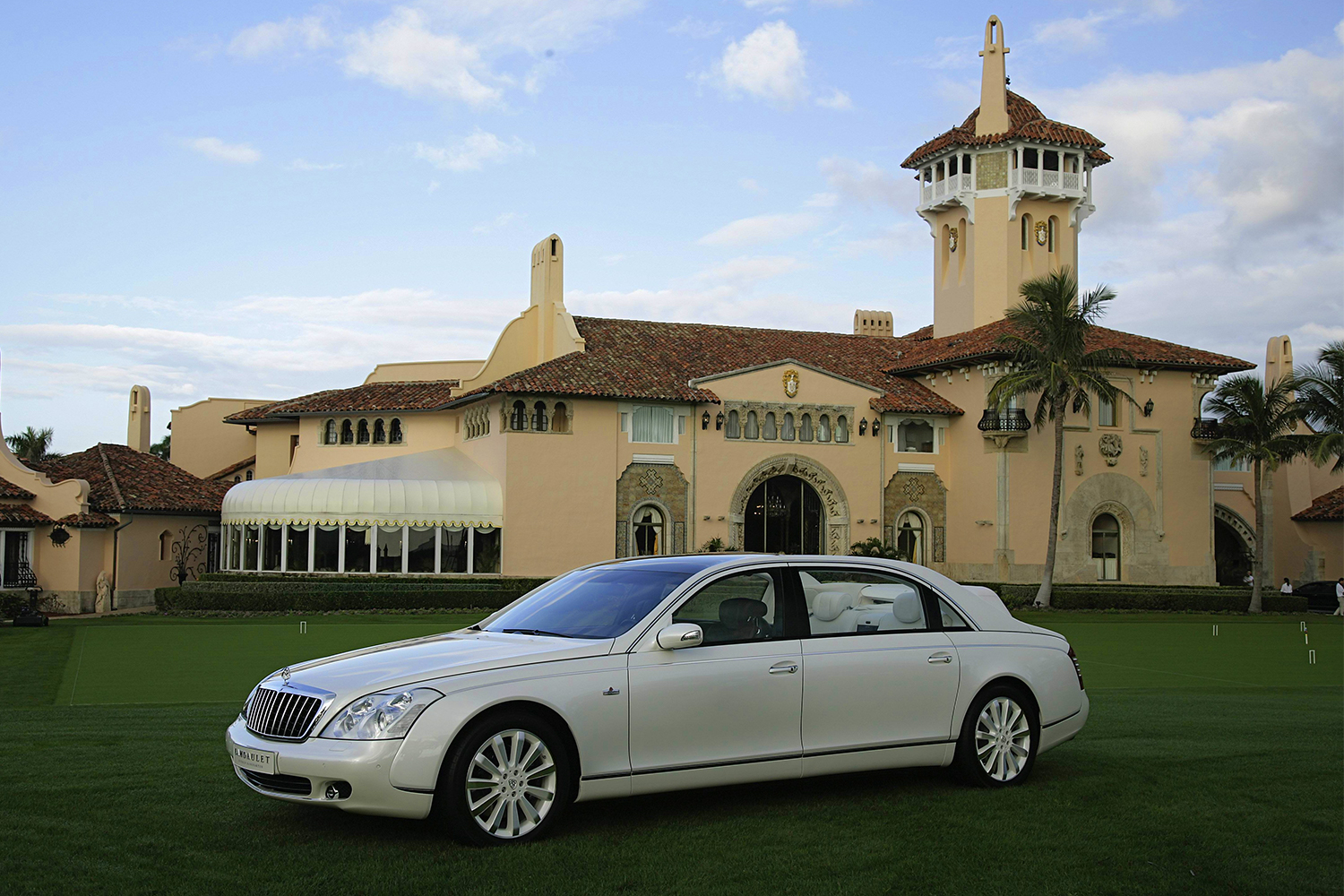
The Rise and Fall of Maybach
When the Maybach 52 and the Maybach 62 arrived in 2002, their two most distinctive aspects were their appearance and their price. Long, bulbous and remarkably conservative in terms of design, the two models (differentiated primarily by their size) represented an ostentatiously anonymous way to spend between $350,000 and $430,000.
There was no question that the Maybach twins represented the pinnacle of what Mercedes-Benz could achieve in terms of comfort and cutting-edge technology: the cars were stuffed with absurd amounts of leather and wood and every creature comfort for the coddled occupants, while their standard twin-turbo V12 churned out a hammer-fisted 542 horsepower and 664 lb-ft of torque.
What was missing, however, was a compelling reason to pay so much for cars that meant so little in the popular consciousness. Unlike the masterful management of Rolls-Royce, which had effectively disguised the use of modern BMW components under a regal skin reflective of the automaker’s globally-revered design traditions, or Volkswagen’s ability to marry its own technical prowess with Bentley’s history of offering an exciting drive, the Maybach’s humdrum styling and sedate drive couldn’t escape nor transcend its S-Class roots.
The cars came across as self-serious alternatives to an already excellent and considerably less expensive automobile. This impression wasn’t helped by stunts like shipping the first Maybach 62 across the Atlantic in a glass coffin onboard the Queen Elizabeth 2 and then dropping it via helicopter in front of a prominent Wall Street hotel for all the world to see.
After an initial flurry of interest, it quickly became clear that the lack of legend surrounding Maybach was having a negative impact on its prospects. Sales began to fall almost immediately; the brand peaked at 600 examples in 2002, and a handful of years later that number was well on its way to just barely breaking 150. During the same period, both Bentley and Rolls posted record years, solidifying a buyer base that Maybach simply couldn’t court.
In 2005 the S-Class received a major platform update, but the 57 and 62 were left behind, receiving a mightier V12 but finding themselves stuck with the same older tech and features that now compared poorly to the Benz flagship’s more competitive offerings. The writing was on the wall at this point for Maybach; not even stars like Jay-Z and Birdman, who took a liking to the folding rear roof of the last-gasp 2008 Landaulet model, were able to prop up the brand.
With sales of the Maybach dwindling to double digits in the U.S., Daimler announced a sell-down in 2011 to move remaining inventory. Factoring in its billion dollar-plus development costs, it was later revealed that the company had taken a loss of more than $400,000 on each of the 3,000 or so Maybachs sold worldwide.
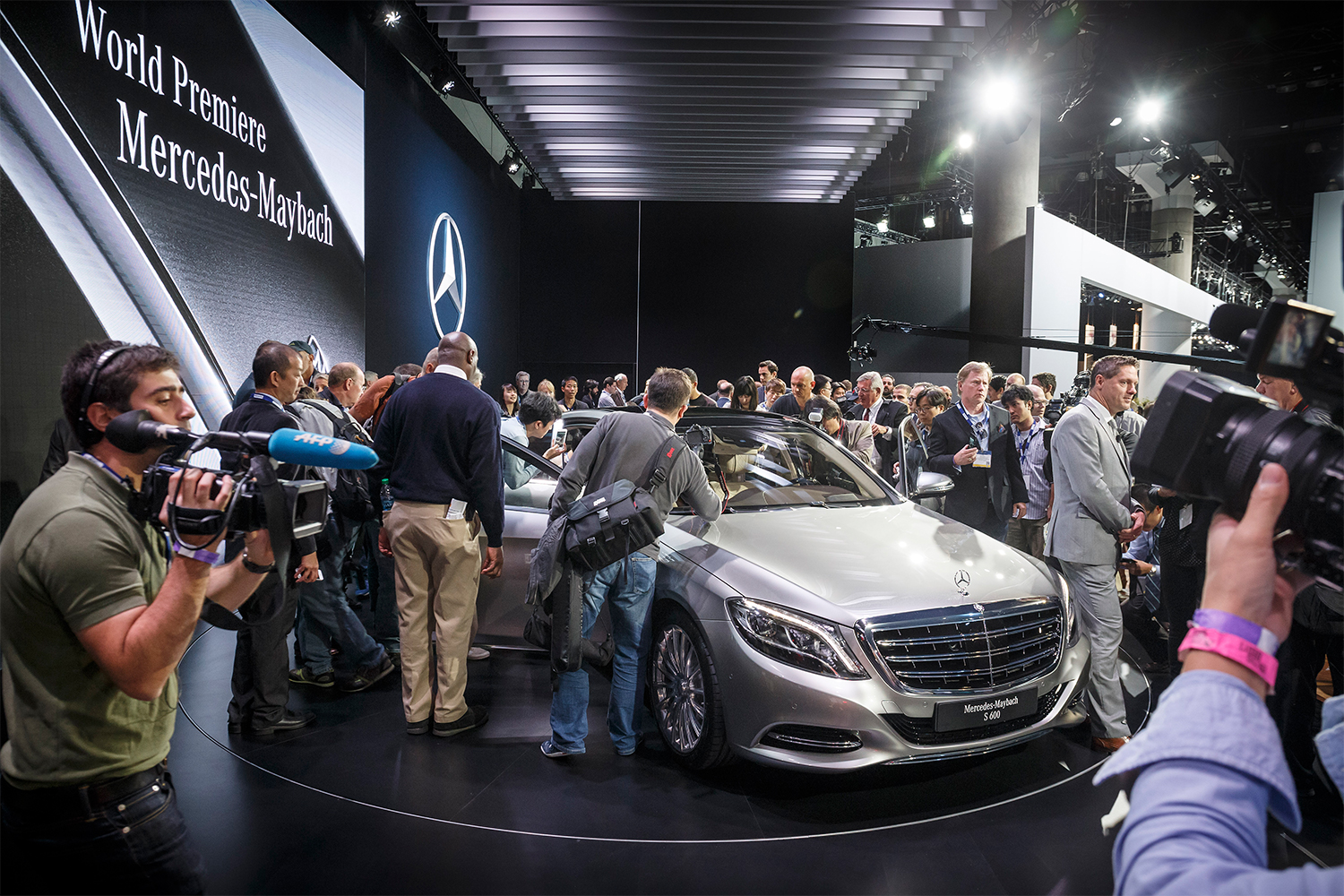
Never Give Up, Never Surrender
Billion-dollar corporate bungles still sting even years later, but surprisingly the brass at Mercedes-Benz never entirely gave up on the Maybach dream. Even as its ashes fell around them, Daimler execs parlayed with a potential British partner of its own, Aston Martin, as a potential savior of the sedan in 2010. When that proposed arrangement failed to bear fruit, the company once again turned to the S-Class, only this time it was to add the Maybach name to the latter’s trunk lid rather than abscond with its platform.
In 2014, the world was introduced to Mercedes-Maybach, a family of four-doors that finally recognized the richest vein of the company’s heritage by making its long-standing flagship the basis of its anti-Bentley efforts. Linking the Maybach and the S-Class together avoided both the massive development costs that had drained Daimler’s accounts as well as any embarrassing technology gap thanks to a shared developmental track. Stretched Pullman models joined S500, S550 and S600 Maybachs in markets around the world, each stepping above the already opulent S-Class to deliver small-volume excess to those who could afford its charms.
Enough people ponied up for the Maybach redux for Mercedes-Benz to take another step forward with the concept when the S-Class was redesigned for the 2021 model year. With a now-exclusive V12 engine on the order sheet and styling differences pushing the vehicle that much further from its standard sibling, the Mercedes-Maybach brand finally appears to have found its place in the luxury car pantheon. This impression is further bolstered by the boldness of the Mercedes-Maybach GLS 600, which arrived the same year. More brazenly styled than the SUV it is based on, the full-size hauler is an echo of the original GL-Class Maybach that never saw the light of day.
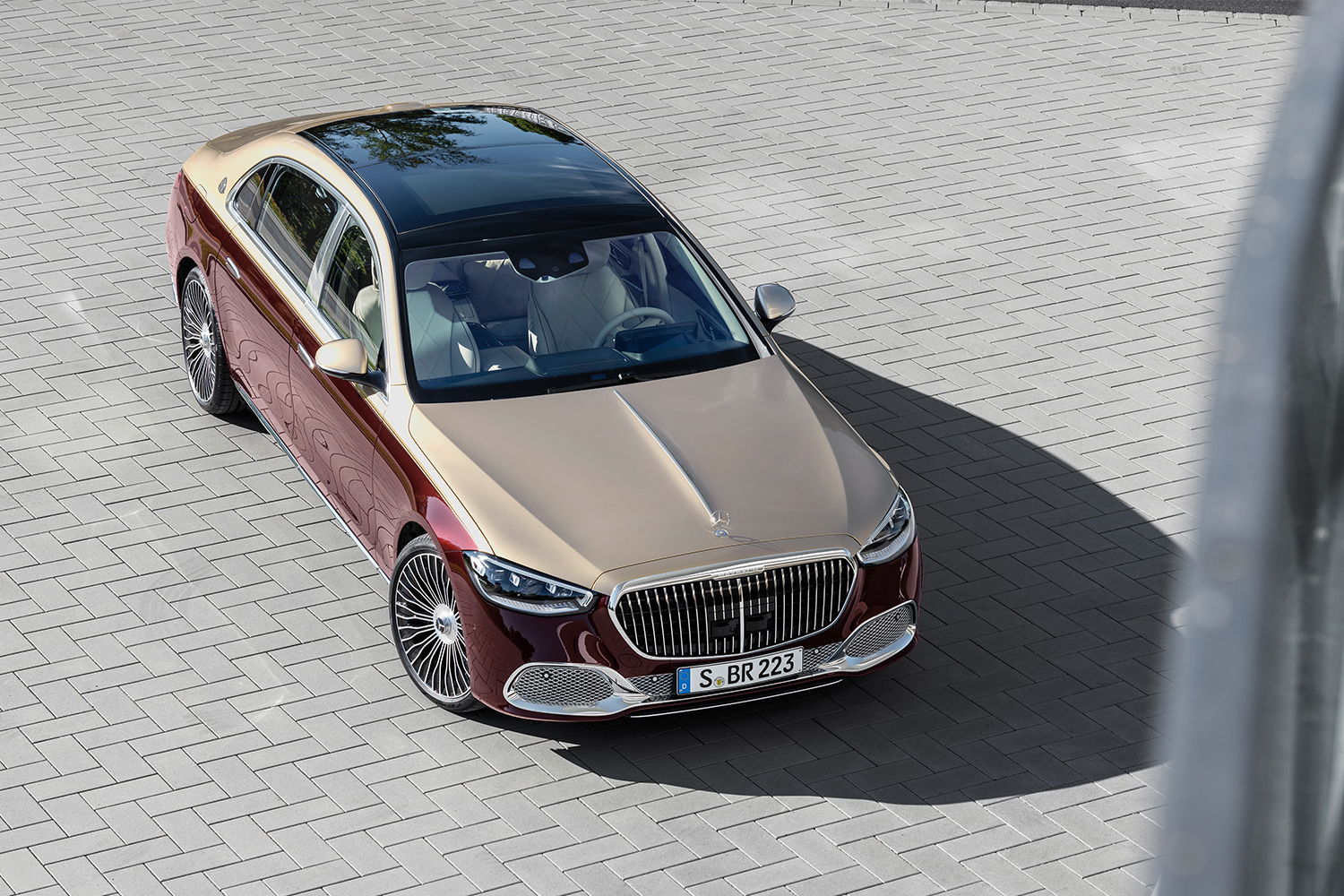
Priced to Sell, Priced to Profit
Pricing has played an important role in the Maybach’s rebirth. Although it’s still possible to spend a half-million or so on the Pullman limousine, more modest options are available at well under $200K (with the GLS 600 stickering for $160,000). This decision to broaden the Maybach customer base plays directly into Daimler’s decision to double its sales in 2021 after a banner 2020 that saw 12,000 examples find their way to new homes despite the ravages of the pandemic.
Surpassing 10,000 units a year is a far cry from the 66 or so Maybachs that limped out of dealerships a decade ago. It’s a testament to Mercedes-Benz’s steadfastness that the company decided not to walk away from the massive investment it made in Maybach, instead spending several years working out how to make the nameplate more palatable to the few who could afford its charms.
While it’s unsurprising that the market for $200,000 cars is significantly broader than the one for $400,000 cars, more important was the decision to link the Maybach to the S-Class, not just in terms of platform but also brand equity. This virtually ensures profitability, given the sunk cost of development has already been amortized across thousands of S-Class sedans worldwide.
It’s also a cautionary tale about believing one’s own hype. Banishing the Maybach’s not-so-significant heritage to a secondary role removed the brand from the embarrassing position of being directly compared to, and potentially failing to compete with (for a second time), Bentley and Rolls-Royce. When given a legitimate chance to make a name for itself, rather than coast on the ghostly coattails of a long-vanished automaker, Maybach finally discovered it could succeed on its own merits.
This article was featured in the InsideHook newsletter. Sign up now.
